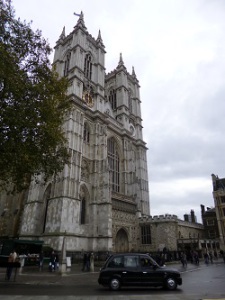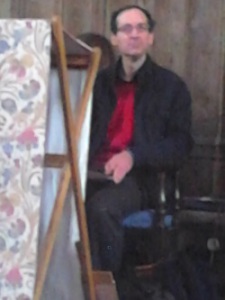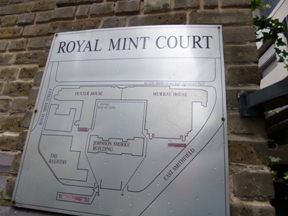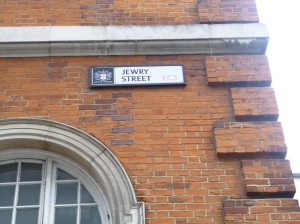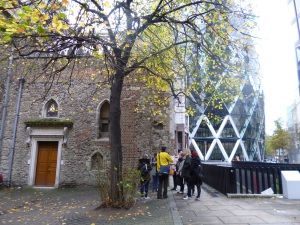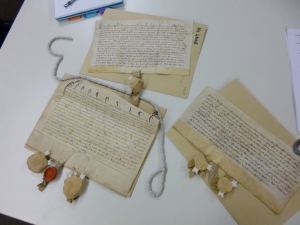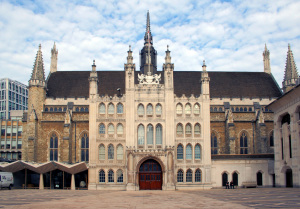This week, we explored the unique connection between the crown and the church and their linked and individual power in our visit to Westminster Abbey and the National Portrait Gallery, a relationship that still exists today. 
The first thing we looked, perfectly exemplifying this relationship, was the coronation chair. This iconic seat, housed in the Abbey where coronations have taken place since 1066 with the coronation of William the Conqueror, has been used in coronations for centuries.
Walking around Westminster Abbey, we learned how the placement of one’s grave was significant to their social status, even in death. Therefore, Edward the Confessor’s shrine which is the only shrine remaining in England, which we managed to admire during the 11 o’clock prayer, is in the premium spot before the altar, surrounded by his successors, such as Henry III who championed him.
Dr Poleg even got to sit on the special chair of the prayer leader in front of the shrine!
We also admired the Lady’s Chapel which houses the burial sites for several dead monarchs, including the sister Queens, Mary I and Elizabeth I, who are buried together. 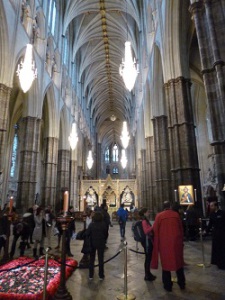
Like our last excursion, architecture played a large part in the learning experience and we discussed the Gothic style in which the Abbey was constructed. We also talked about the unique roof supports and how the weight was distributed mostly outside of the Abbey. The pillars inside are more decorative to fit with the Gothic style, intended to draw your eye to the high ceiling and give the impression of a large and open space.
The Tudor room of the National Portrait Gallery, on the very top floor of the building, is a room full of the rich imagery of royal propaganda and the cult of power cultivated by rulers in both the medieval and early modern period.
The imagery found in the coronation portrait of Elizabeth I, mirroring that of Richard II in Westminster Abbey, presents her as the perpetually-youthful ruler invested with all the accoutrements of royal power. 
The Holbein portrait of Henry VIII presents the image of a virile, wise and imposing king and the portrait of Edward VI conveys a figure almost identical to that of his father, even down to a larger stomach added in the editing of the image. Portraits of Mary I show a harsh, authoritarian ruler, staring down at the viewer.
Such images are congruent with the images rulers have presented of themselves since the early Medieval period. The portraiture of monarchs are essential in understanding their reigns as they project the idealised image of the ruler, how they wished to be presented. Images of wealth, power and knowledge are translated onto these canvases.
One of the most stunning examples of this manipulation of imagery is in the portraits of Elizabeth I. In all her images she is the ever-youthful, beautiful ruler, not out of vanity but to present her enduring power, capability and skill as a ruler. Her youthful visage represents her enduring image throughout history.
